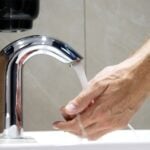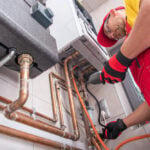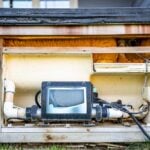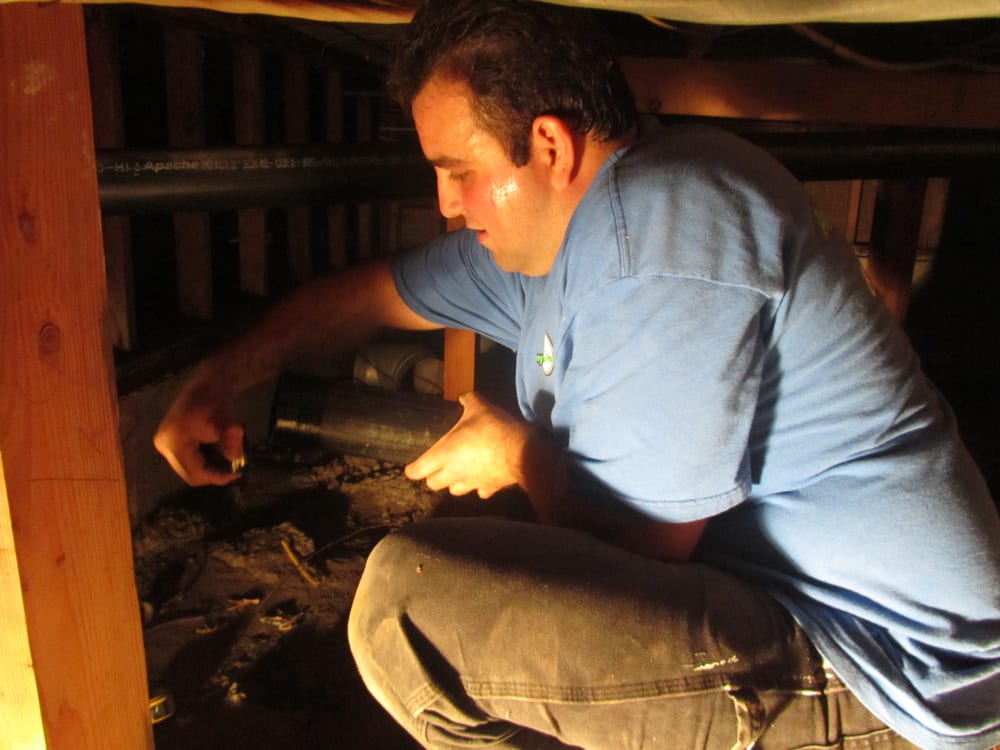
Outdoor Plumbing Tips for Spring: Getting Your Garden and Hose Systems Ready
Spring is in the air, bringing with it the promise of blooming gardens and outdoor fun. But before you dive into planting and playing, it’s crucial to give some attention to your outdoor plumbing. Winter can be tough on pipes and faucets, and a little spring cleaning and maintenance can go a long way in preventing unwanted surprises. This guide is packed with plumbing tips to help you get your garden and hose systems ready for the season. From checking outdoor faucets to ensuring your irrigation system is up to par, we’ll cover everything you need to do to prepare your plumbing for spring. So, grab your garden gloves and let’s get started on making sure your outdoor plumbing is primed for watering, washing, and more.
Inspecting Outdoor Faucets
After a long winter, your outdoor faucets (also known as hose bibs) need a thorough inspection to ensure they’re ready for spring. Start by visually examining each faucet for any signs of damage, such as cracks or leaks. A harsh winter can cause even the sturdiest materials to fail, so it’s important not to skip this step.
Next, perform a simple leak test. Turn the water on and watch the flow from the faucet. Does it seem restricted or weaker than usual? This could indicate a blockage or damage within the pipe. After turning the faucet off, check for any drips or leaks. Even a slow drip can lead to significant water waste over time. If you notice any leaks, replacing the washer inside the faucet is often a quick fix. However, if the issue seems more complex, it might be time to call in a professional.
Don’t forget to check any accessories attached to your faucets, such as garden hoses or splitters. These can also suffer from winter’s chill and may need to be replaced or repaired. Ensuring your outdoor faucets are in good working order is the first step in preparing your plumbing for spring.

Preparing Hoses and Attachments
Garden hoses and their attachments are essential tools for spring gardening and outdoor activities. Begin by inspecting your garden hose for any visible signs of wear and tear. Look for cracks, leaks, or areas where the hose may have become brittle. These flaws can hinder water flow and potentially cause water to spray in unintended directions, making your gardening efforts more frustrating than fruitful.
Once you’ve assessed the condition of your hose, give it a good cleaning. Flush out any debris that might have settled inside over the winter. This is also an excellent time to clean and inspect your hose attachments, such as nozzles and sprinklers. A blocked nozzle can impede water pressure and affect how well your sprinklers water your garden. Simply disassemble the attachments and use a small brush or a blast of water to remove any dirt or mineral deposits.
If your hose or any attachments are beyond repair, consider replacing them. Modern hoses and attachments offer features like kink resistance and multiple spray patterns, which can enhance your gardening experience. Additionally, proper storage solutions, like hose reels or hangers, can prevent damage and prolong the life of your hose and attachments, ensuring they’re always ready when you need them.
Taking the time to prepare your hoses and attachments for spring not only ensures your garden receives the care it needs but also saves you time and effort in maintaining your outdoor space.
Checking and Maintaining Irrigation Systems
As the days grow longer and the temperature rises, ensuring your irrigation system is in top condition becomes crucial for maintaining a vibrant garden. Start by visually inspecting all sprinkler heads and drip irrigation lines for signs of damage or obstruction. Winter debris can often clog these systems, preventing water from reaching your plants where they need it most.
Next, turn on your system and observe each sprinkler head’s operation. Look for uneven spray patterns or dribbling, which indicate clogs or damage. Make sure the water covers the intended areas without overspraying onto sidewalks or buildings. Adjust the sprinkler heads as needed to optimize water use and coverage.
Don’t forget to inspect the system’s control box and settings. Confirm that the timing and duration of watering cycles meet the current needs of your garden, which can change with the seasons. Early spring is a good time to replace batteries in timers and make any necessary adjustments to watering schedules.
For more complex systems, or if you encounter issues beyond simple fixes, consider scheduling a professional maintenance service. A professional can thoroughly clean filters, check for hidden leaks, and make any necessary repairs or adjustments. This ensures your irrigation system operates efficiently, conserving water and promoting healthy plant growth.

Preparing for Increased Water Usage
Spring and summer not only bring more outdoor activities but also an increase in water usage. To prepare, start by inspecting all outdoor plumbing fixtures, including outdoor faucets, garden hoses, and washing machine hoses, for leaks or damage. A few drops from a leaky faucet can add up, wasting water and increasing your utility bills.
Consider installing water-saving devices like a rain barrel to collect and reuse rainwater for your garden. This not only conserves water but also reduces your water bill. Additionally, check your water heater tank and ensure it’s functioning efficiently to handle the extra demand. Flushing the tank to remove sediment and checking the temperature settings can improve performance and energy efficiency.
For homes with a sump pump, ensure it’s clean and functioning correctly. A working sump pump is essential for managing increased water levels from spring rains. Testing the pump by pouring water into the sump pit and observing its operation can prevent basement flooding. Also, consider a battery backup sump pump to provide peace of mind during power outages.
Seasonal Adjustments and Upgrades
Spring is an ideal time to make seasonal adjustments and consider upgrades to your outdoor plumbing system. If you’ve experienced issues with water pressure or supply in the past, installing additional outdoor faucets or upgrading your garden hose to a model with better flow can make watering your garden and outdoor cleaning tasks easier.
Smart irrigation systems are becoming increasingly popular for their efficiency and convenience. These systems can adjust watering schedules based on real-time weather conditions, ensuring your garden receives the right amount of water without waste. Upgrading to a smart system can save water and reduce your utility bills over time.
For those looking to enhance their outdoor space, adding features like a drip irrigation system for vegetable beds or a soaker hose for newly planted trees can provide targeted watering, promoting healthier plant growth. These upgrades not only improve the functionality of your outdoor plumbing but also contribute to a more sustainable and enjoyable outdoor living space.

Conclusion
Preparing your outdoor plumbing for spring is an essential part of home maintenance that sets the stage for a season of growth and enjoyment. By following these plumbing tips, from checking outdoor faucets to upgrading your irrigation system, you can ensure your garden and hose systems are ready for the warmer months. Regular plumbing maintenance not only prevents unexpected issues but also conserves water and saves money. Don’t wait until you’re knee-deep in gardening projects to address your outdoor plumbing needs. Take the time now to inspect, maintain, and upgrade as needed, and you’ll be rewarded with a smoothly running system all season long. For any tasks that are beyond your comfort level, don’t hesitate to call a professional maintenance plumbing service to help get your outdoor plumbing in top shape for spring.







